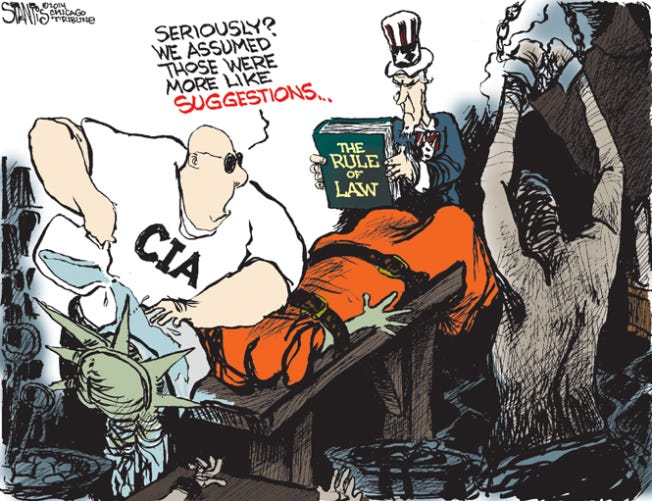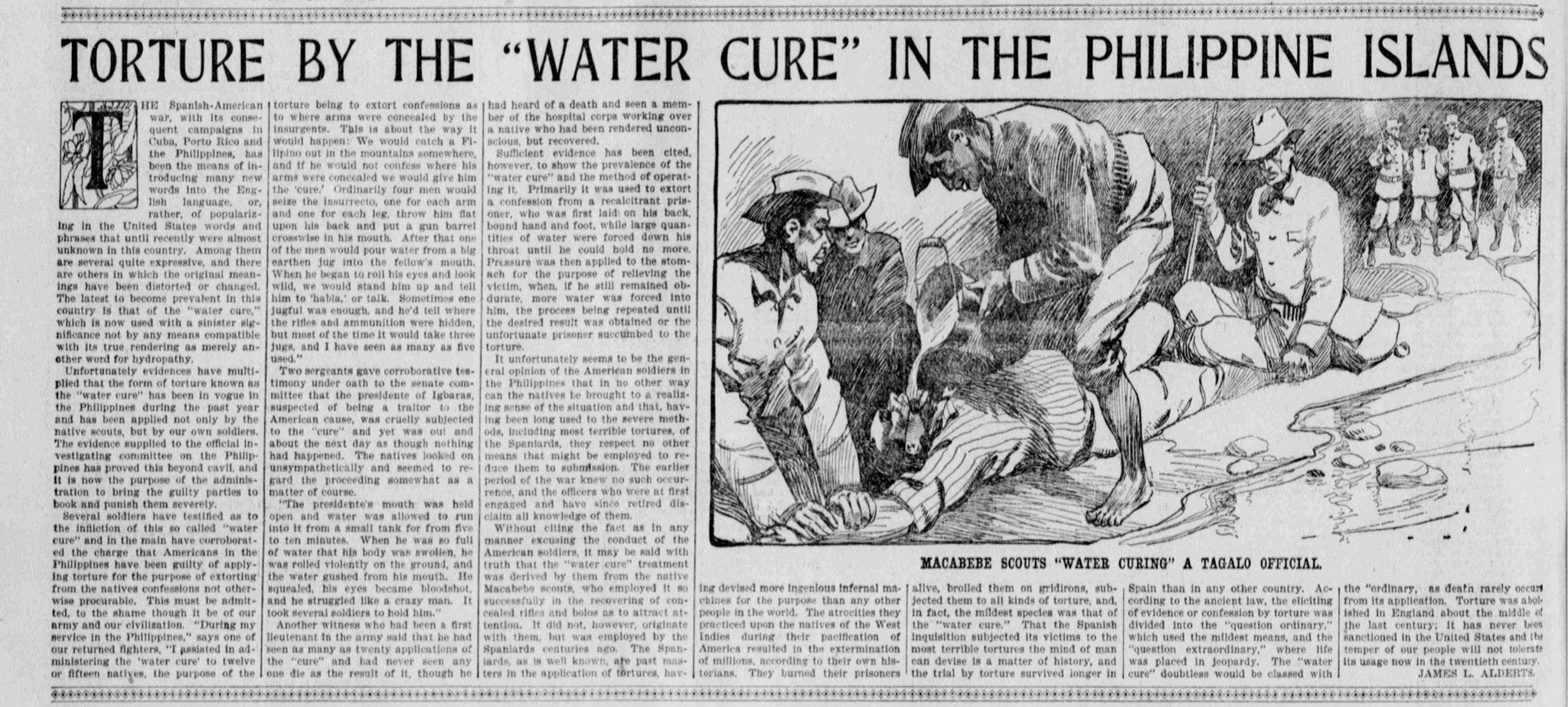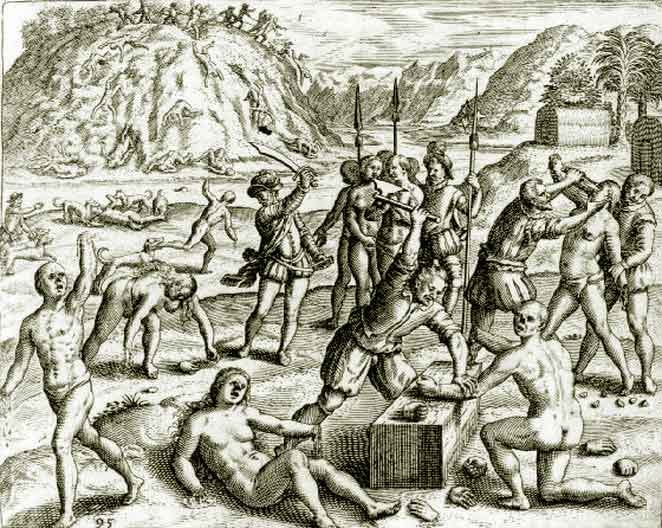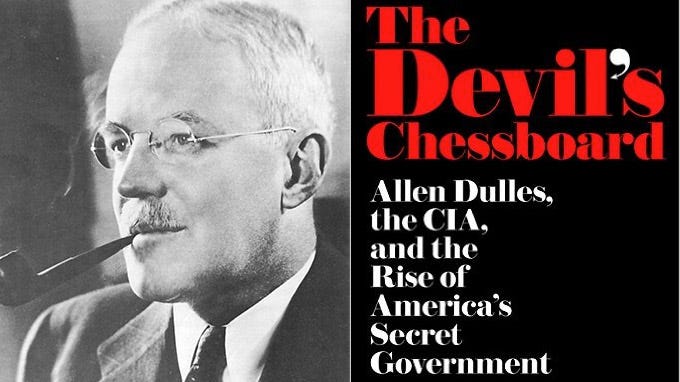Yves here. Thomas Neuburger continues his series on how the CIA evolved into its current form.
By Thomas Neuburger. Originally published at God’s Spies
culture (noun): the way of life, especially the general customs and beliefs, of a particular group of people at a particular time
—Cambridge Dictionary
“It is inconceivable that a secret intelligence arm of the government has to comply with all the overt orders of government.”
—James Angleton, CIA Deputy Director for Operation (1954–1975) to the Church Committee
This is the second piece in our series, “Does the CIA still do that?” The first is here.
Today we start to look at what the CIA was at its start, something quite different from what it was founded to be. To understand this distinction though — what it was supposed to be versus what it is — we need to first understand the concept of “culture” as it applies to groups.
The Culture of a Society
The rules within which most social groups operate are rarely coded, rarely written down. And when they are written down, “how we do things here” is always the better description of behavior, of “the rule,” than anything put on paper.
For example, the Fourth Amendment of the United States Constitution says:
The right of the people to be secure in their persons, houses, papers, and effects, against unreasonable searches and seizures, shall not be violated, and no Warrants shall issue, but upon probable cause, supported by Oath or affirmation, and particularly describing the place to be searched, and the persons or things to be seized.
And yet that’s not “how we do things here.”
What we do now is allow the government to gather as much of our online and digital effects (property) as it can, for no reason except that these effects exist, and search them at will whenever the government chooses.
In that sense, the written Fourth Amendment has been repealed by what we permit in practice — by the culture, in other words.
The First Amendment, especially in its “establishment of religion” and “freedom of speech” restrictions, has suffered the same fate. To take the simplest example, the practice of establishing “free speech zones” — by which protesters are kept far from presidential eyes and ears — turns “freedom of speech” on its head. A practice that started with Bush II has become universal. Now, it’s just “what we do.”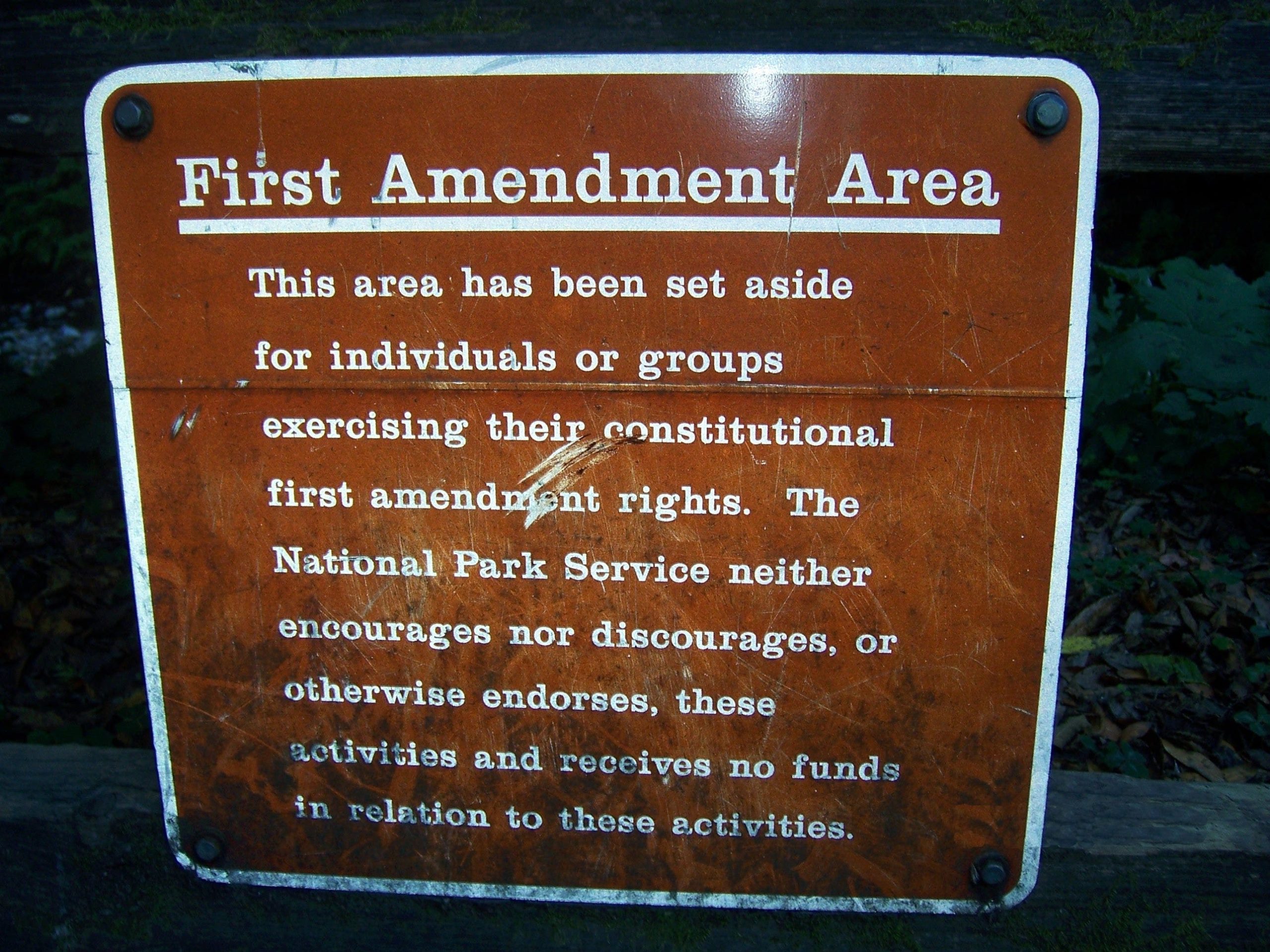
The term “culture” is often used in archaeology to designate what can be deduced about how people lived by what they left behind. The Natufian culture, for example, flourished in the Levant about 15,000 years ago. Part of what they regularly did was build dwellings and cultivate food. Cultures can spread from one group to another as this motor-mouth YouTuber explains.
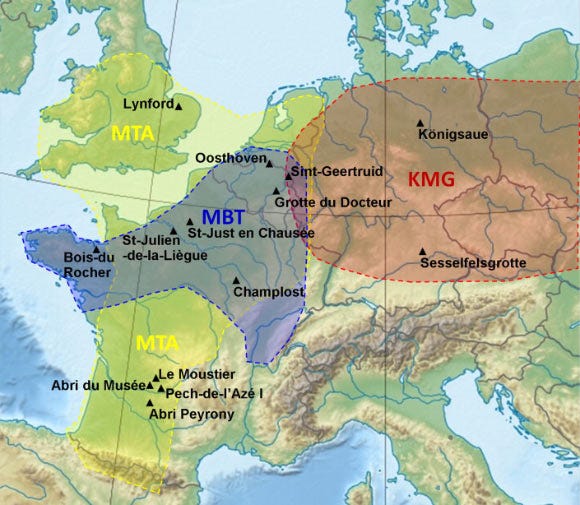
Location of the study sites and Neanderthal cultures: Mousterian of Acheulean Tradition, MTA, Keilmessergruppen, KMG, and transitional – Mousterian with Bifacial Tools, MBT (Karen Ruebens). Source: Sci News
And of course, like language, culture always evolves. Consider the difference between modern French spelling versus pronunciation. At one point the spelling, which was frozen under Louis XIV, represented the speech.
The Culture of the CIA
What does the CIA do? That’s an interesting question. Here’s what they say they do, from the CIA website:
What does the Central Intelligence Agency (CIA) do?
The Central Intelligence Agency’s primary mission is to collect, evaluate, analyze, and disseminate foreign intelligence to assist the president and senior US government policymakers in making decisions relating to the national security. CIA does not make policy; it is an independent source of foreign intelligence information for those who do. CIA may also engage in covert action at the president’s direction in accordance with applicable law.
Torture and the CIA
Note the downplaying of “covert action” in the description above. Yet this occurred throughout the Bush-Cheney years:
More Than Two-Dozen Countries Complicit In US Torture Program
Twenty-eight nations have cooperated with the U.S. to detain in their prisons, and sometimes to interrogate and torture, suspects arrested as part of the U.S. “War on Terror.”
The complicit countries have kept suspects in prisons ranging from public interior ministry buildings to “safe house” villas in downtown urban areas to obscure prisons in forests to “black” sites to which the International Committee of the Red Cross (ICRC) has been denied access.
According to published reports, an estimated 50 prisons have been used to hold detainees in these 28 countries. Additionally, at least 25 more prisons have been operated either by the U.S. or by the government of occupied-Afghanistan in behalf of the U.S., and 20 more prisons have been similarly operated in Iraq.
As the London-based legal rights group Reprieve estimates the U.S. has used 17 ships as floating prisons since 2001, the total number of prisons operated by the U.S. and/or its allies to house alleged terrorist suspects since 2001 exceeds 100. And this figure may well be far short of the actual number.
Countries that held prisoners in behalf of the U.S. based on published data are Algeria, Azerbaijan, Bosnia, Djibouti, Egypt, Ethiopia, Gambia, Israel, Jordan, Kenya, Kosovo, Libya, Lithuania, Mauritania, Morocco, Pakistan, Poland, Qatar, Romania, Saudi Arabia, Syria, Somalia, South Africa, Thailand, United Kingdom, Uzbekistan, Yemen, and Zambia. Some of the above-named countries held suspects in behalf of the Central Intelligence Agency (CIA); others held suspects in behalf the U.S. military, or both.
Scott Stantis via US News & World Report
Gina Haspel was nominated and confirmed as head of the CIA in 2018 despite her having been “chief of base at the secret CIA black site in Thailand when al-Qaeda suspects, including Abd al-Rahim al-Nashiri, were waterboarded and brutalized in 2002. Ten years later, Sondra Crosby said al-Nashiri was ‘one of the most severely traumatized individuals I have ever seen.’” [updated Crosby link here]Haspel also supported the destruction of the Bush-Cheney era CIA torture tapes:
=”youtube-inner”>
Notice her hand-waved use of magic phrases: “security risk posed to our [CIA] officers” and “conforming to US law.”
Despite her past as a master of torturers, she was confirmed.
Torture and American Culture
Americans have been torturing people for centuries. Our police regularly commit torture. Most are familiar with modern examples, but consider this report from the presidency of Herbert Hoover:
In uncompromising language, the Report on Lawlessness in Law Enforcementconcluded that [t]he third degree—that is, the use of physical brutality, or other forms of cruelty, to obtain involuntary confessions or admissions—is widespread.
Even today, people talk about giving someone “the third degree.”
Our military also tortures; the practice goes back at least to the late 1800s:
The first use of wartime water torture by Americans occurred during the Philippine-American War of 1899 to 1902, when American soldiers and their indigenous minions used the “water cure” to extract information from Filipinos who resisted the occupation of their land, and to punish them.
Image source: twitter.com/FrancescaHumi/status/1166315157565386752I can’t imagine, though, that the use of torture in America started that late. Here’s Christopher Columbus in the mid-1590s:
Columbus forced the Natives to work in gold mines until exhaustion. Those who opposed were beheaded or had their ears cut off.
In the provinces of Cicao [in Haiti], all persons over 14 had to supply at least a thimble of gold dust every three months and were given copper necklaces as proof of their compliance. Those who did not fulfill their obligation had their hands cut off, which were tied around their necks while they bled to death—some 10,000 died handless.
Image source
Where Does the Culture of the CIA Come From?
To consider the source of CIA culture, one needs to look at two men. The first is OSS officer and later CIA chief Allen Dulles. The other is James Angleton, counter-intellingence chief from 1954 to 1975. (See quote above.) More on Angleton later.
Allen Dulles Betrays FDR
Allen Dulles served in the OSS, primarily as Swiss director, “America’s top spy” in dealing with Nazis, from October 1941 to October 1945. After the war, he was recruited into the CIA in 1951 as Deputy Director of Plans (the operations division) and became the fifth Director of the CIA, serving (I hate to use that word) from 1953 to 1961, when John Kennedy forced him out.
About Dulles’ time in Switzerland, the historian (and fabulous story-teller) David Talbot wrote this:
There was nothing undercover about Allen Dulles’s wartime exploits in Switzerland. Afterward, he made much of his espionage adventures, with a sympathetic press and then equally credulous biographers dutifully repeating his beguiling tales. But, in truth, there was little daring involved—for a very simple reason. Dulles was more in step with many Nazi leaders than he was with President Roosevelt. Dulles not only enjoyed a professional and social familiarity with many members of the Third Reich’s elite that predated the war; he shared many of these men’s postwar goals. While serving in his Swiss outpost, Dulles might have been encircled by Nazi forces, but he was also surrounded by old friends.
The rest of the wartime part of his story details, among other things, his betrayal of Roosevelt’s direct orders.
The Casablanca Conference was a major turning point in the war, sealing the fate of Hitler and his inner circle. As Roosevelt told the American people in a radio address following the conference, by taking an uncompromising stand against the Third Reich, the Allies made clear that they would not allow Hitler’s regime to divide the antifascist alliance or to escape justice for its monumental crimes. “In our uncompromising policy,” said Roosevelt, “we mean no harm to the common people of the Axis nations. But we do mean to impose punishment and retribution in full upon their guilty, barbaric leaders.”
With his close ties to Germany’s upper echelons, Dulles considered the unconditional surrender declaration a “disaster” and was quick to let his Nazi contacts know what he thought about it. Shortly after the Casablanca Conference, Dulles sat down one wintry evening with an agent of SS leader Heinrich Himmler, an oily Mittel-European aristocrat who had flitted in and out of Dulles’s social circle for many years. Dulles received his guest, who was known as “the Nazi prince,” at 23 Herrengasse [Dulles’ Bern headquarters], treating him to good Scotch in a drawing room warmed by a fire. The Casablanca Declaration had clearly unnerved Himmler’s circle by making it clear that there would be no escape for the Reich’s “barbaric leaders.” But Dulles took pains to put his guest’s mind at rest. The Allies’ declaration, Dulles assured him, was “merely a piece of paper to be scrapped without further ado if Germany would sue for peace.”
Thus began Allen Dulles’s reign of treason as America’s top spy in Nazi-occupied Europe.
And:
Instead of Roosevelt’s “unconditional surrender,” in which the Nazi leadership would be held accountable for their crimes against humanity, Dulles was proposing a kind of no-fault surrender. It was a stunningly cynical and insubordinate gambit. The pact that Dulles envisioned not only dismissed the genocide against the Jews as an irrelevant issue, it also rejected the president’s firmly stated policy against secret deal making with the enemy. The man in the White House, clinging to his anti-Nazi principles, was clearly one of those “outdated politicians” in Dulles’s mind. While boldly undermining his president, Dulles had the nerve to assure Hohenlohe [the ‘Nazi prince’] that he had FDR’s “complete support.”
The fireplace meeting was, in fact, a double betrayal—Dulles’s of President Roosevelt, and the Nazi prince’s of Adolf Hitler.
This is the well from which CIA culture springs.
Dulles betrayed the orders of his supposed commanders many times since then. More in future installments.



